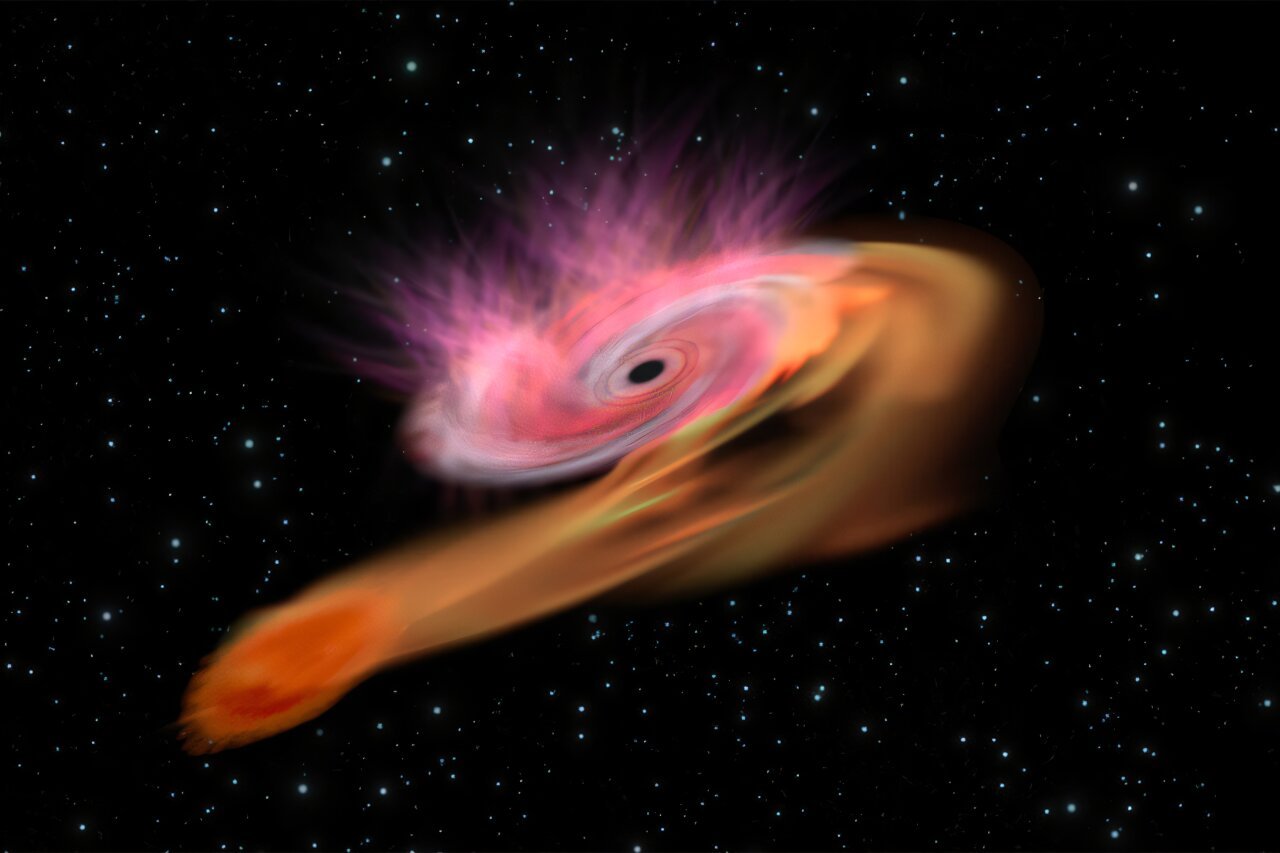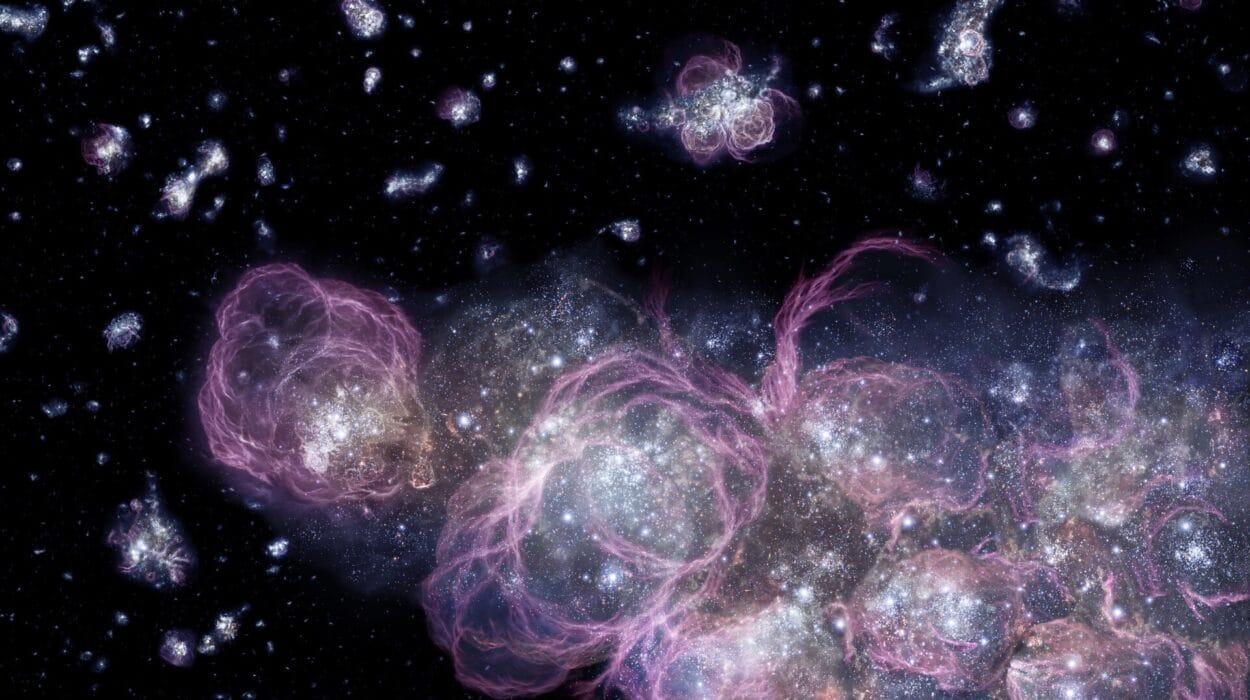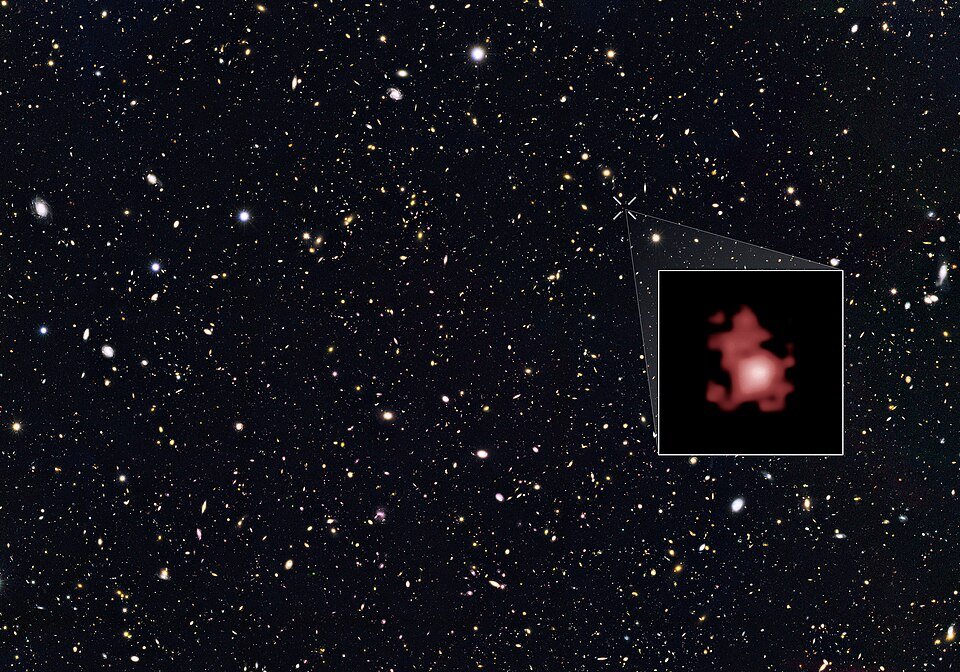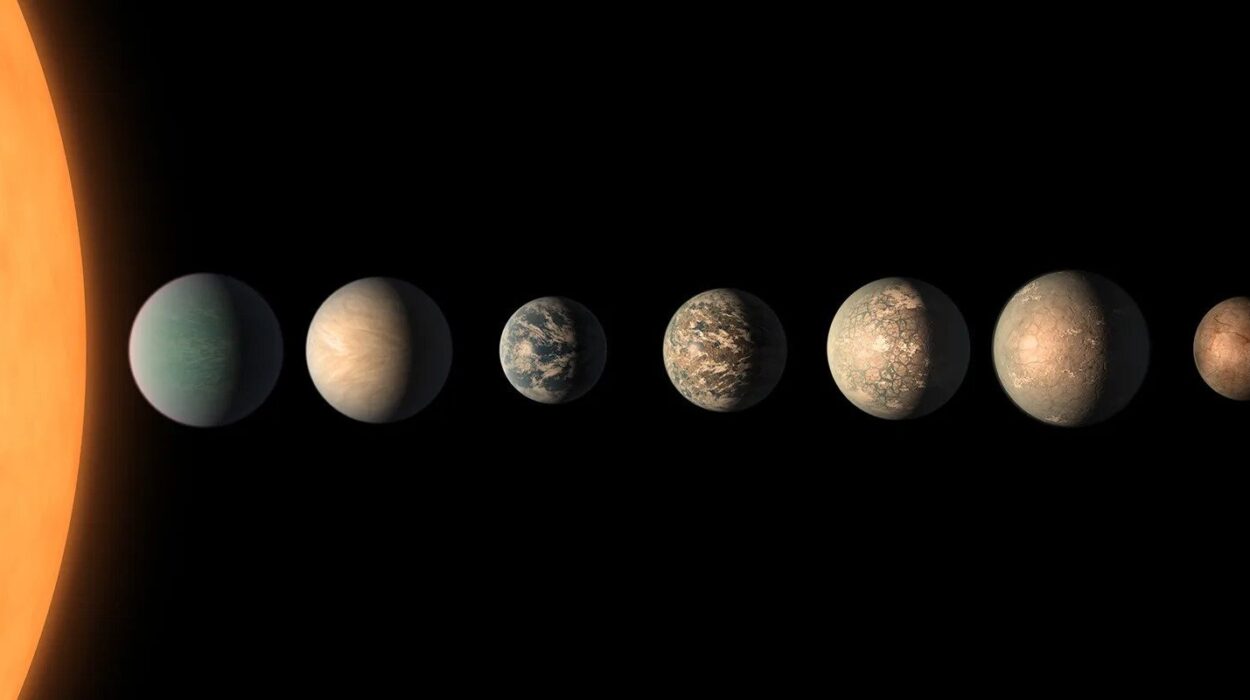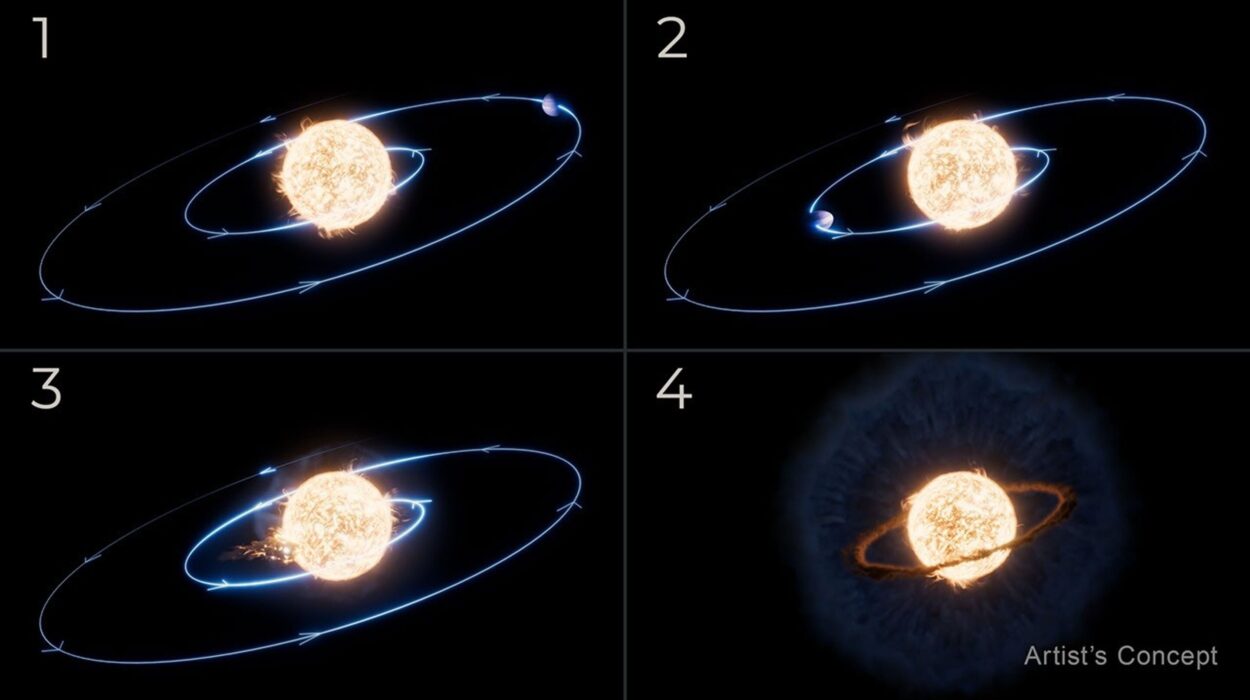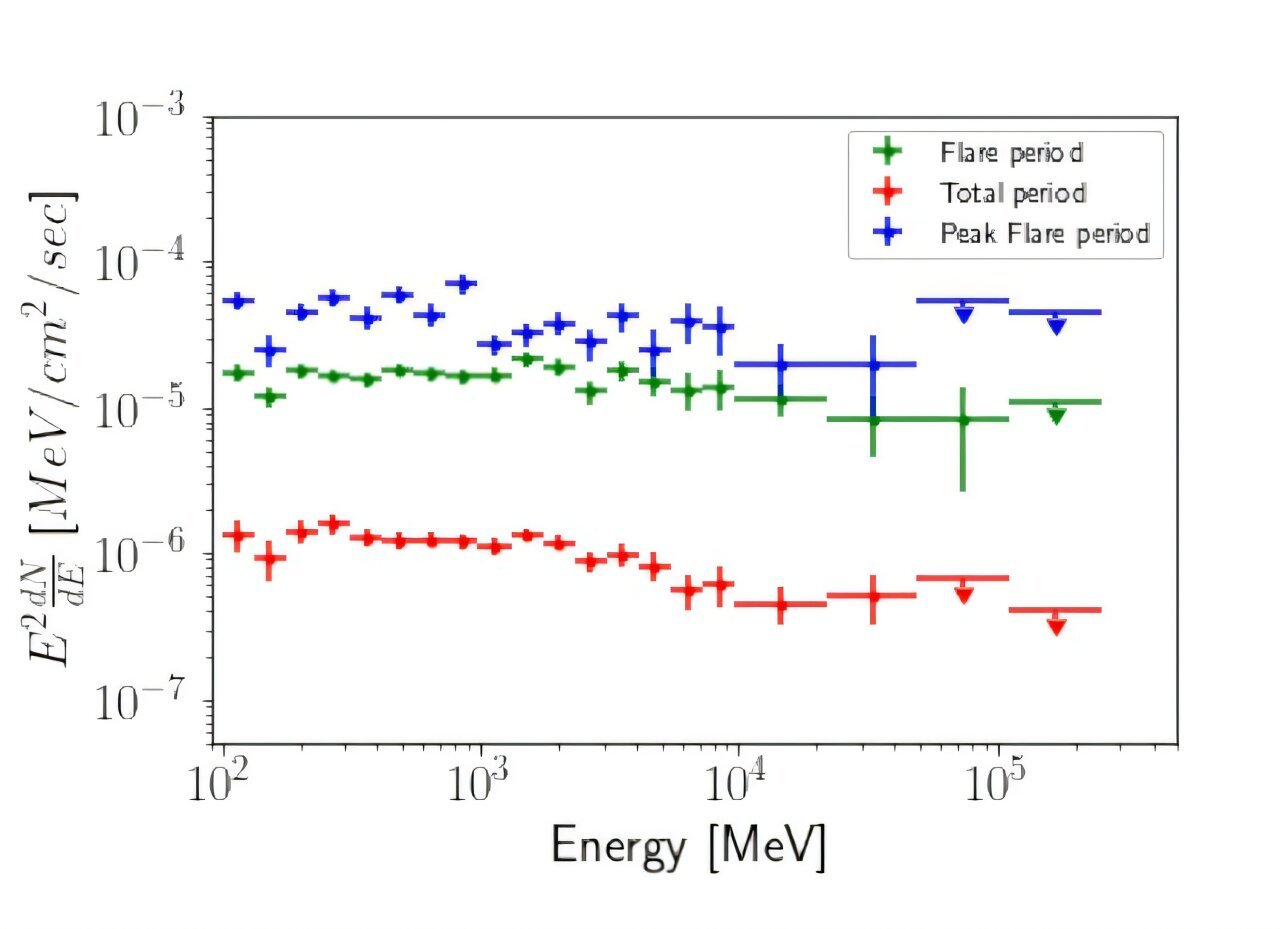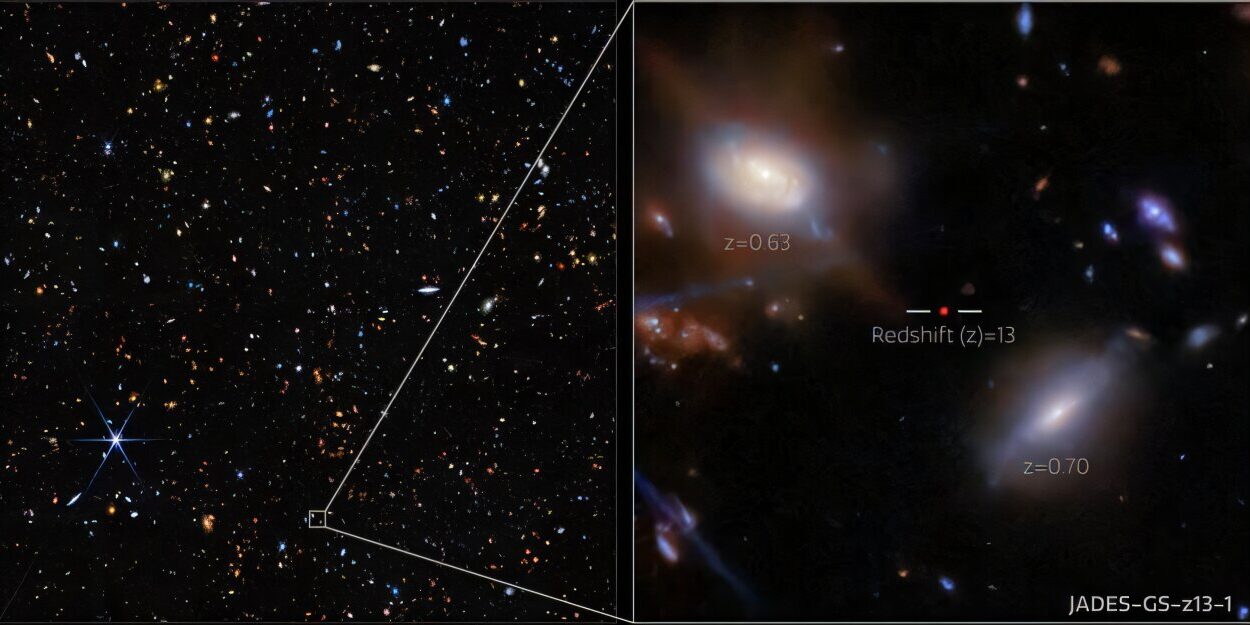Explosions in the cosmos, often appearing as brilliant flashes of gamma rays, have long been a subject of fascination for astronomers. These highly energetic events, known as gamma-ray bursts (GRBs), are believed to result from the merger of two neutron stars or the collapse of a massive star. Both scenarios lead to the formation of a newborn black hole, which emits a relativistic jet traveling close to the speed of light. When these jets are aimed toward Earth, we are able to observe them across vast cosmic distances—sometimes billions of light-years away—thanks to a relativistic phenomenon called Doppler boosting. Over the past decade, thousands of gamma-ray bursts have been detected, each offering a glimpse into the violent processes occurring in the far reaches of the universe.
One of the most recent and intriguing findings comes from the Einstein Probe, an X-ray space telescope launched in 2024 by the Chinese Academy of Sciences (CAS) in collaboration with the European Space Agency (ESA) and the Max Planck Institute for Extraterrestrial Physics. This innovative telescope has been scanning the skies for energetic explosions, capturing data that may hold the key to understanding the most extreme and energetic phenomena in the universe.
In April 2024, the Einstein Probe detected an unusual cosmic event, labeled EP240408A. The characteristics of this explosion differed markedly from typical gamma-ray bursts, prompting an international team of astronomers to investigate further. The team included Dheeraj Pasham from MIT, Igor Andreoni from the University of North Carolina at Chapel Hill, and Brendan O’Connor from Carnegie Mellon University, among others. They deployed a wide array of ground-based and space-based telescopes, including NuSTAR, Swift, Gemini, Keck, DECam, VLA, ATCA, and NICER, a space telescope developed with MIT’s collaboration.
The findings of this research, published in The Astrophysical Journal Letters on January 27, 2025, suggest that EP240408A is not a typical gamma-ray burst, but rather a jetted tidal disruption event (TDE). This class of event occurs when a supermassive black hole tears apart a star that comes too close to it. The event is marked by the ejection of a jet of material traveling at relativistic speeds, similar to the jets produced by black holes formed in the collapse of massive stars or the merger of neutron stars. However, the peculiar characteristics of EP240408A distinguish it from both gamma-ray bursts and traditional tidal disruption events.
Understanding Jetted Tidal Disruption Events
Tidal disruption events (TDEs) occur when a star ventures too close to a supermassive black hole, causing the immense gravitational forces of the black hole to rip the star apart. The debris from the star gets stretched out in a long stream, and in some cases, it forms an accretion disk around the black hole. The energy released during this process can lead to powerful emissions of X-rays and ultraviolet radiation. In a typical TDE, this energy is radiated in a more isotropic manner—meaning the radiation spreads out evenly in all directions.
A jetted TDE, however, occurs when the debris from the destroyed star is channeled into a narrow, highly energetic jet. This jet, traveling at relativistic speeds, emits intense radiation, sometimes observable as a gamma-ray burst if the jet happens to be oriented toward Earth. In these cases, astronomers can observe the explosion across vast cosmic distances, sometimes billions of light-years away.
While TDEs have been observed in the past, the case of EP240408A is particularly intriguing because it does not match the characteristics of typical gamma-ray bursts or tidal disruption events. This discrepancy suggests that the explosion could represent a new, previously unrecognized class of cosmic event.
Anomalies in EP240408A
The characteristics of EP240408A prompted the astronomers to consider several possible explanations, none of which completely accounted for all its peculiarities. The event’s short duration and high luminosity were particularly difficult to explain using existing models of gamma-ray bursts or TDEs.
Unlike typical gamma-ray bursts, which tend to have a longer duration and produce substantial radio emissions, EP240408A showed minimal radio emissions. This is especially puzzling because jetted TDEs, when they occur, usually generate strong radio signals. The lack of detectable radio emissions from EP240408A led the team to question whether this event was indeed a jetted TDE or something entirely new.
As Brendan O’Connor puts it, “EP240408A ticks some of the boxes for several different kinds of phenomena, but it doesn’t tick all the boxes for anything. In particular, the short duration and high luminosity are hard to explain in other scenarios. The alternative is that we are seeing something entirely new.”
The Role of NICER in the Discovery
The NICER (Neutron Star Interior Composition Explorer) telescope played a crucial role in the discovery and investigation of EP240408A. NICER, developed in collaboration with MIT, is designed to observe X-rays emitted by neutron stars and black holes, allowing it to probe extreme environments in space. NICER’s ability to monitor the sky for extended periods and point to virtually any part of the sky was instrumental in collecting data on the unusual explosion. As Dheeraj Pasham, a research scientist at the MIT Kavli Institute for Astrophysics and Space Research, noted, “NICER’s ability to steer to pretty much any part of the sky and monitor for weeks has been instrumental in our understanding of these unusual cosmic explosions.”
The data gathered by NICER and other telescopes allowed the team to analyze the characteristics of the explosion in unprecedented detail, revealing anomalies that could not be explained by existing models.
What’s Next for the Einstein Probe?
The discovery of EP240408A marks a significant milestone in the search for the most extreme events in the universe. According to Pasham, “The Einstein Probe is just beginning to scratch the surface of what seems possible. I’m excited to chase the next weird explosion from the Einstein Probe.” The astronomer’s enthusiasm reflects the growing anticipation among scientists about the wealth of data that the Einstein Probe and other space telescopes will provide in the years to come.
Astronomers around the world are eager to continue investigating unusual cosmic explosions like EP240408A. With the advancements in telescope technology and international collaborations, new discoveries are expected to reveal previously unknown classes of cosmic phenomena. These findings will not only deepen our understanding of the most extreme environments in the universe but also help astronomers refine existing models of stellar and black hole physics.
Conclusion
The discovery of EP240408A represents a pivotal moment in astrophysics. The identification of a potential new class of cosmic explosion—a jetted tidal disruption event—opens up exciting new possibilities for understanding the most powerful and energetic phenomena in the universe. As astronomers continue to probe the farthest reaches of space using the latest in telescope technology, events like EP240408A may soon become more common, unveiling secrets about the cosmos that were once unimaginable.
The collaboration between ground-based and space-based telescopes, coupled with cutting-edge instruments like NICER, is likely to continue yielding surprising results. For now, scientists are left to wonder whether EP240408A represents a unique, one-off event or the first of many discoveries to come from the Einstein Probe’s ongoing search for cosmic explosions. Whatever the case, the next chapter in our understanding of the universe’s most mysterious phenomena is already being written.
Reference: Brendan O’Connor et al, Characterization of a Peculiar Einstein Probe Transient EP240408a: An Exotic Gamma-Ray Burst or an Abnormal Jetted Tidal Disruption Event?, The Astrophysical Journal Letters (2025). DOI: 10.3847/2041-8213/ada7f5
